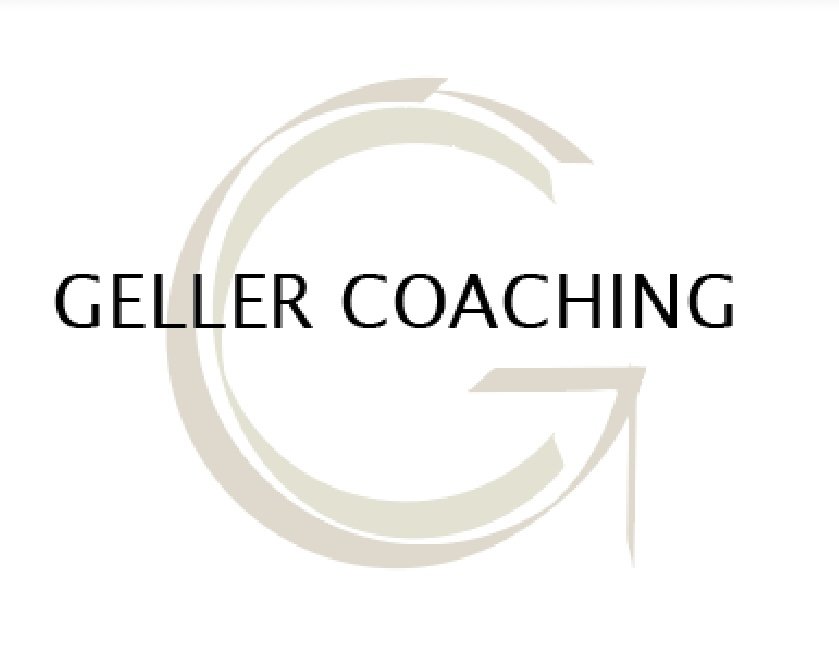What if Pain Could Create 'Action', Rather than Reaction?
How do you react to pain? Do you scream, cry, or become immobile? Do you react the same every time, no matter what the source of pain is? Most likely you have been responding to pain in the same way for so long, you’re certain it's the only response you’re capable of having.
Although there are varying thresholds for pain, and a million ways to respond, you actually can control the way you respond.
For most of my life I perceived myself as someone who cowered when faced with pain. Claiming to be an emotional person, I felt comfortable letting the pain simply take over. I would let the tears flow endlessly and then curl up under the covers and pray to disappear. I wasn’t proud of my reaction, but it was who I was, so what other choice did I have?
During the birth of my first child, I begged everyone to keep me away from pain medication. That is, until the pain felt like a knife in my back and I was begging for medication! Before the birth of my second child, though, I’d read that you could reduce labor pain if you visualized each contraction, as the baby pushing into the birth canal. I didn’t know if it would ease that horrible pain, but was willing to try anything.
As the pain penetrated my body and my brain pleaded for help, I did just what it said: I visualized it not as a knife, trying to tear me in half, but as my child, wanting desperately to be with me. With each contraction I physically pushed my hand into my abdomen, as if letting my baby know I was here. I breathed deeply, going with the pain…not away from it.
I was amazed that I could make it through labor without any pain medications, but even more amazed at the power of the mind. When I was able to see the root of the pain differently, my reaction was also different.
Tired of the way you deal with (physical or emotional) pain?
Try these simple steps:
1- Acknowledge the intensity of the pain as soon as it occurs.
2- Be prepared to act immediately.
3- Visualize the pain as a signal to move into action, not retreat.
Here’s how it can work with emotional pain: Imagine the pain you associate with loneliness. Perhaps you are dealing with the loss of a loved one. Although you may have been fine all day at work, the minute you arrive home, you can feel the emptiness of your house pulling at your heart. Acknowledge the pain. (It is really quiet here. Lonely.) Then take action. How can I turn this pain into energy? Find something that can literally squelch what is going on for you. What could I do that would surround me with people? Where could I go? (The bookstore, the coffee shop, the gym?)
The critical part is to act quickly, before you go into your automatic pilot of retreat.
By getting into action immediately, you can redesign how you respond to pain. Soon, pain will just be an emotion that motivates you to move!
